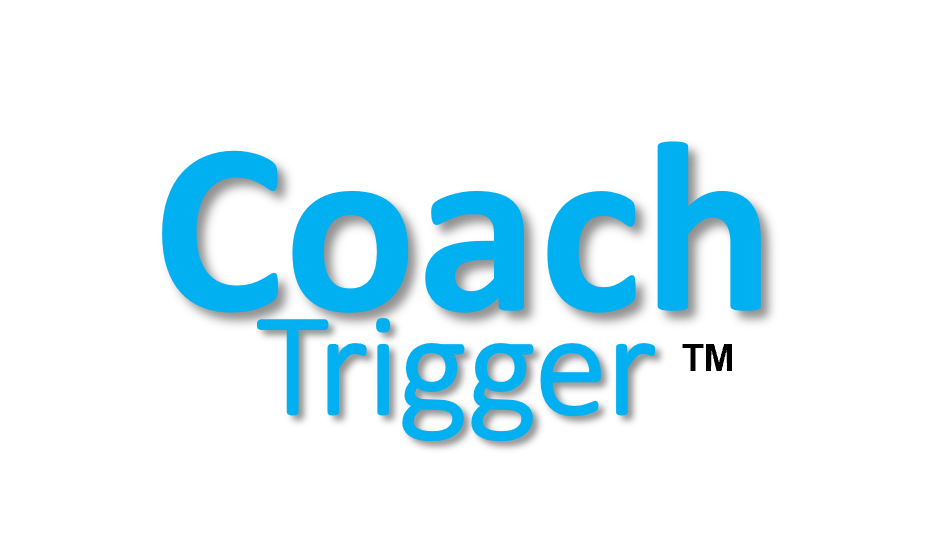How to Propagate Mindfulness in An Organisation

Do your employees seem stressed and unable to focus? Mindfulness could be what they need. In our fast, tech-filled world, organizations must think about their mental health. Promoting mindfulness can help your team handle stress better, focus more, and be happier with their work.
Mindfulness means being aware of the present moment. It comes from ancient teachings and offers many health benefits. Western companies are adding things like quiet rooms, yoga, and apps to encourage mindfulness.
But, how do you make mindfulness change your company for the better? Let’s look into ways to make mindfulness a key part of your team’s experience.
Key Takeaways
- Mindfulness helps employees manage stress and improve focus.
- Company leaders playing a role is vital for success.
- Programs must include varied practices and education.
- Measuring the effect of mindfulness efforts is important.
- Embedding mindfulness in the daily business is crucial for a mindful culture.
Understanding Mindfulness
Mindfulness means paying close attention to our thoughts and how we feel, in the present moment. It also involves noticing the world around us, with care. This approach comes from Eastern teachings but is now widely used for health reasons.
At work, being mindful can help a lot. It’s been found to reduce burnouts, stress and make people concentrate better. Employees who practice mindfulness might be more effective in their jobs.
For mindfulness to grow in a place, the leaders must support it.
They should show everyone how to slow down and take care of themselves. This teaches the team about emotional intelligence, stress reduction, and self-compassion. These help us work better and longer.
Leaders can make mindfulness a big part of the company. They can do simple things like adding meditation to meetings. Or they might talk about how acceptance and self-awareness help at work.
Creating a Supportive Environment
Having a mindful workplace means giving workers options for mindfulness. They should have both solo and group ways to practice. This can be done in the office or remotely. Then, each person can pick what fits them best.
It’s also key to provide support and tools for mindfulness. This could be access to mindfulness apps, workshops, or quiet areas for reflection.
Workplace environment, organizations can empower their workforce to leverage the profound benefits of this transformative practice, ultimately enhancing emotional intelligence, stress reduction, and overall productivity and performance.
Addressing Common Concerns

Implementing mindfulness at work brings many good things. But, it’s key to remember a few points. Most importantly, no one should be made to do mindfulness.
Pushing people to be mindful can make it less personal. This might make some feel more stressed. Mindfulness works best when people choose to do it. This way, they can find what works for them.
Avoiding Mandatory Mindfulness Programs
It’s better if companies don’t force employees into mindfulness. This could take away the personal growth it offers. Instead, workplaces should support it without making it a must-do.
Mindfulness as a Complement, Not a Solution
Seeing mindfulness as an addition is important. It’s not the big fix for all problems at work. While it can make things better, it won’t solve everything.
Mindfulness can make stress easier to handle. It can help with self-compassion and productivity. But, it can’t fix issues like too much work or bad work conditions.
Companies should use mindfulness to truly help their staff. It should not just be another thing causing stress.
Measuring the Impact of Mindfulness
It’s vital to use hard data, not stories, to see if mindfulness works in a company. Mixing both stories (qualitative) and numbers (quantitative) helps leaders know if their mindfulness efforts are helping the team. This way, they can improve their programs to really help employees.
Employee Surveys and Feedback
Surveys and feedback from employees give deep insights about mindfulness programs. They show if the staff feels better because of the programs, like if they have less stress. This type of information helps the company tweak its programs to meet what employees really need.
Tracking Productivity and Performance
Other than employee thoughts, keeping an eye on how well they work can show the impact of mindfulness at work. It looks at things like how fast tasks get done, who shows up for meetings, and if projects are completed on time. This method helps show if investing in mindfulness makes a difference and how to make it even better.
Example:
| Metric | Baseline | Post-Mindfulness | Percent Change |
|---|---|---|---|
| Task Completion Rate | 82% | 88% | +7.3% |
| Meeting Attendance | 91% | 95% | +4.4% |
| Project Deliverables on Time | 78% | 85% | +9.0% |
Looking at both what employees say and how they perform gives a full picture. It helps organizations decide if their mindfulness efforts are worth it. It also guides them to keep making their efforts better for a happier, more hardworking team.

Continuous Improvement
Encouraging mindfulness at work needs steady progress. Companies should always check and change their mindfulness plans. They do this by listening to what employees say and watching how needs alter.
Changing the kind of mindfulness techniques, how often sessions happen, and even how they’re taught are all vital. This keeps the practice fresh and helpful for everyone.
Ongoing Education and Training
Regular education and training are essential for workers and their supervisors to stay in the loop on mindfulness. Workshops, learning from each other, and personal coaching are key ways to do this. They enhance the depth and use of mindfulness at work.
| Mindfulness Program Element | Adaptation Considerations |
|---|---|
| Mindfulness Practices | Keep things fresh by adding new methods and improving the old. Offer a wide variety to fit different tastes and learning methods. |
| Session Frequency and Duration | Listen to what employees say and adjust how often and how long sessions run. This keeps them right for the team’s changing needs. |
| Delivery Methods | Try out different ways of teaching mindfulness, like in-person, online, or self-led. This makes it more flexible and reachable for everyone. |
| Employee Education and Training | Always offer ways to learn and grow in emotional intelligence, stress reduction, and self-compassion. Use coaching, workshops, and team learning. |

Resources and Support
Plenty of resources and support are available to help organizations with their mindfulness programs. This includes digital tools, workshops, and individual coaching. These help employees practice mindfulness that suits them best.
Mindfulness apps and online platforms offer guided meditations and breathing exercises. They are easy to use, even when working from home. With these tools, organizations can help their people manage stress and build emotional intelligence.
External Experts and Facilitators
Companies can also use the skills of external mindfulness experts for workshops and training. These experts offer one-on-one coaching, too. Their presence ensures that mindfulness programs are valuable and effectively reach all employees.
| Mindfulness Resource | Key Benefits |
|---|---|
| Mindfulness Apps | Convenient access to guided meditations, breathing exercises, and other mindfulness practices |
| External Mindfulness Experts | Facilitate workshops, provide training, and offer one-on-one coaching to deepen employee understanding and practice |
| Digital Mindfulness Tools | Seamless integration of mindfulness into daily routines, both in the office and remote work environments |
| Individual Mindfulness Coaching | Personalized guidance to help employees develop tailored mindfulness action plans and sustain their practice |
Promote Individual Coaching with CoachTrigger
Organizations can boost the use of mindfulness at work. They can do this by offering one-on-one coaching via CoachTrigger. This type of coaching aids employees in understanding mindfulness better.
It helps them make plans that suit their own needs. Also, they get ongoing help and are held accountable to stick with mindfulness.
By adding personal coaching to group efforts, a company can do a lot. It can make employees more emotionally smart, better at handling stress, and higher performing. This way, everyone’s needs are addressed in a way that makes sense to them.
This is perfect for those who find it hard to take part in general mindfulness activities. It’s a tailored, meaningful approach.
CoachTrigger connects employees with skilled coaches. Together, they figure out what the employee needs and wants to achieve. Then, they come up with a plan that fits their life.
With regular chats and someone checking in on them, employees stay focused. They improve not only their emotional intelligence but also reduce stress. They learn to be kinder to themselves. This makes them better at their jobs and boosts their overall results.






